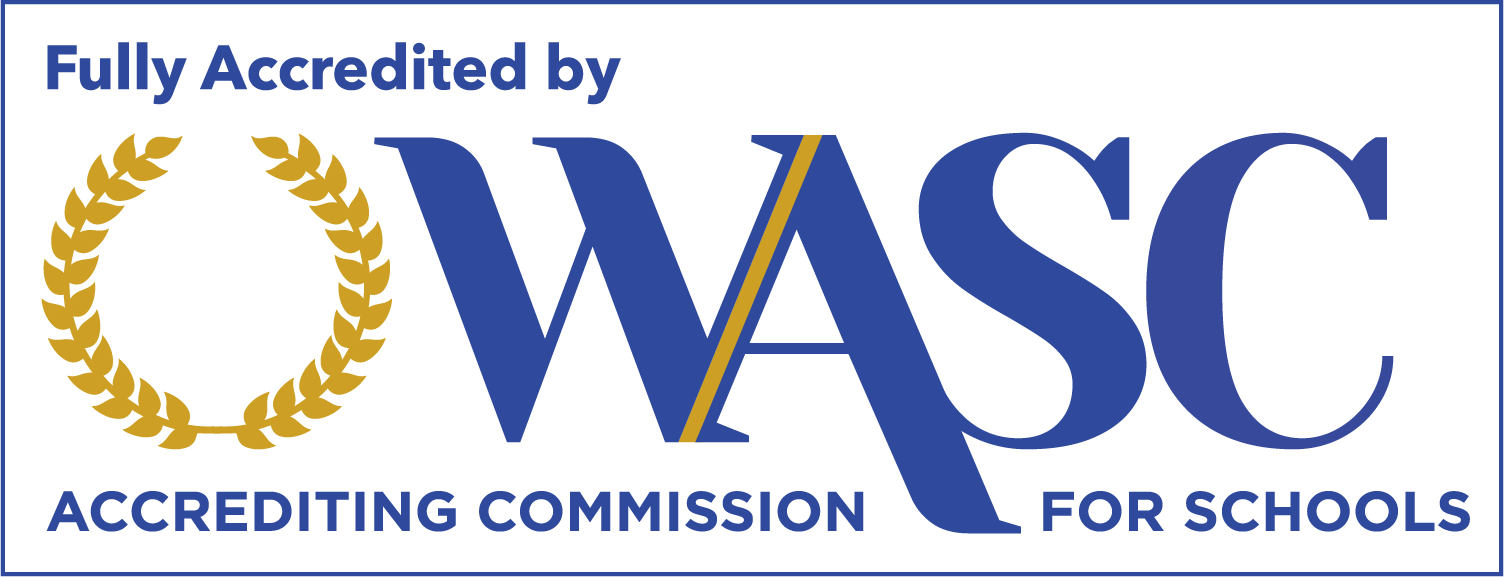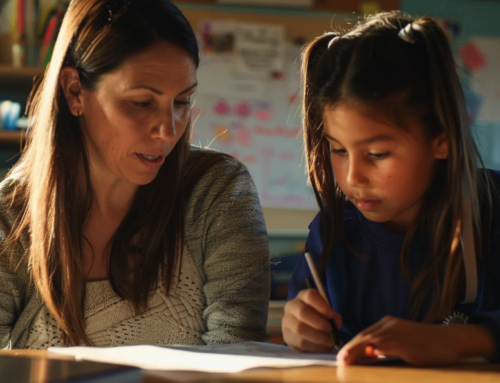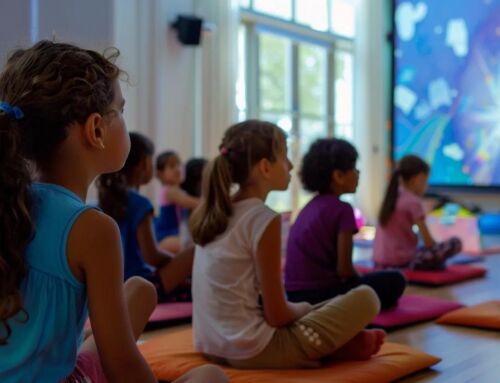How To Teach A Child With Dyslexia: Methods That Work
Did you know that one in five students in our school system has dyslexia?
As a teacher working in today’s classroom, you will face challenges that other generations of teachers never have. As a parent, you are wondering why your child is struggling in this day and age.
It can be difficult to find methods of teaching suitable for each student and their unique needs, but it certainly is not impossible. If it is your first experience teaching a student with dyslexia, you are not alone.
Keep reading to learn how to teach a child with dyslexia. You will learn about effective teaching strategies while keeping your classroom a safe and supportive learning environment.
How To Help A Child With Dyslexia At Home
In today’s world, more than ever before, a lot of the learning experience takes place at home. If you are a parent of a child with dyslexia, you just might be seeing the struggles they face. We are here to help you, too.
Engaging Your Child With Reading At Home
One of the best ways to help a child with dyslexia at home is by encouraging them to practice their skills in everyday tasks. For example, you can have them read a restaurant menu out loud or have them read a story aloud to you.
Being able to read fluently is a challenge in itself, but it is another thing to understand what is being read. Often students with dyslexia are struggling so hard to decode the words, they are unable to understand what they read. If you are reading a story with your child, ask them a few questions such as what the story was about, who the characters were, or what happened in the story to ensure they comprehend what they are reading.
Let Your Child Be The Teacher
Another way you can help your child is by letting them teach you about things that they learned or are excited about. Allowing them to express themselves about things they have a passion for will make them feel empowered.
If your child feels empowered, they will be more confident in their learning process. Teaching material to others is proven to help them learn it better. If you can teach it, you know it!
How To Teach A Child With Dyslexia: Methods Of Instruction
There are many things that parents can do at home to guide the learning process for their child but the majority of the work happens at school in the classroom environment.
There are many different approaches and methods of instruction that teachers have found helpful for their students. Here are some of the most effective ones and why they work.
Structured Literacy Programs
The structured literacy approach is an evidence-based method of instruction that helps dyslexic children make great strides in reading. It focuses on various components of literacy including decoding, spelling, vocabulary, fluency, and reading comprehension.
These programs also use a multisensory approach which allows students to build on each new skill from their previous knowledge. They are also explicit in the content and allow a child to reach mastery of the material before moving on.
This approach doesn’t have to be exclusive to children with dyslexia, either. It can help each child in the classroom and may even have the power to improve your entire class’s reading proficiency.
The Multisensory Approach
The multisensory method of instruction uses each of the senses in the learning experience. Including visual, auditory, kinesthetic-tactile, and more, this approach allows students to fully immerse themselves in their learning.
Rather than just reading from a textbook and writing notes about what they have learned, students using this approach can use their strengths and showcase them in their learning.
The great news is that all children can benefit from this approach as well!
Understanding Accommodations
An important part of being an educator is understanding student accommodations. It is important not to think of accommodations as a way of simplifying your material.
They are simply designed to make your teaching accessible to each student in the class. For example, dyslexic children may need supplemental materials for reading assignments.
You can provide simplified written directions for assignments, help students highlight key information in a text, or use other assistive technology that is helpful to them.
Making Math Real
The Making Math Real approach is another multisensory approach to learning that focuses on math skills.
Many children with dyslexia become overwhelmed with math. Sometimes they struggle with the most basic concepts. Some may struggle to understand math symbols and numbers when it comes to reading or writing them.
This approach is designed to help all students, whether they have a learning disability, are gifted, or somewhere in between.
It is directly connected to research in psychology, promoting direct and systematic instruction.
Making Math Real is not a curriculum, but it is more of a methodological approach that educators can carry throughout any level of math skills. From learning how to count to high school calculus, this method is adaptable to any math concept or skill level.
Embracing Your Students’ Differences
Whether you’re training as a future educator, are a seasoned professional, or are a parent figuring out how to teach a child with dyslexia, there is one thing that is important to understand: you should not hide your children’s differences and instead, embrace them.
Dyslexic students can be incredibly creative and gifted in areas such as art, music, and sports. They are often out-of-the-box thinkers, problem solvers, and visionaries. Every student deserves to feel valued and supported in their educational journey. Although it can be difficult to find what works for each student, it is always worth it in the end.
If you’re looking for more information on how to support the young minds in your life, we are here to help. We understand what dyslexia is and how to help your students.
If you’re in or around the Sacramento area, visit our site to explore the services and resources that we provide.




